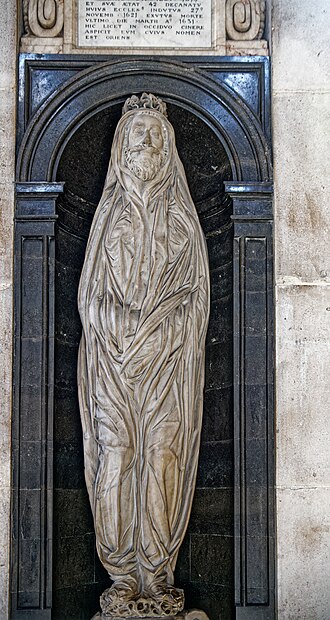Byron swam the Hellespont. On May 3, 1810, the 22-year-old poet and a Lieutenant Ekenhead of the frigate Salsette swam the breaststroke from Sestos to Abydos, crossing from Europe to Asia in an hour and 10 minutes as they sought to emulate Leander’s nightly swims to Hero. “The whole distance … including the length we were carried by the current, was computed by those on board the frigate at upwards of four English miles.”
“I plume myself on this achievement more than I could possibly do on any kind of glory, political, poetical, or rhetorical,” Byron wrote. He commemorated the feat in Don Juan:
A better swimmer you could scarce see ever,
He could, perhaps, have pass’d the Hellespont,
As once (a feat on which ourselves we prided)
Leander, Mr. Ekenhead, and I did.
The feat is often regarded as a founding achievement in open-water swimming, and an event is held each year in its memory.






